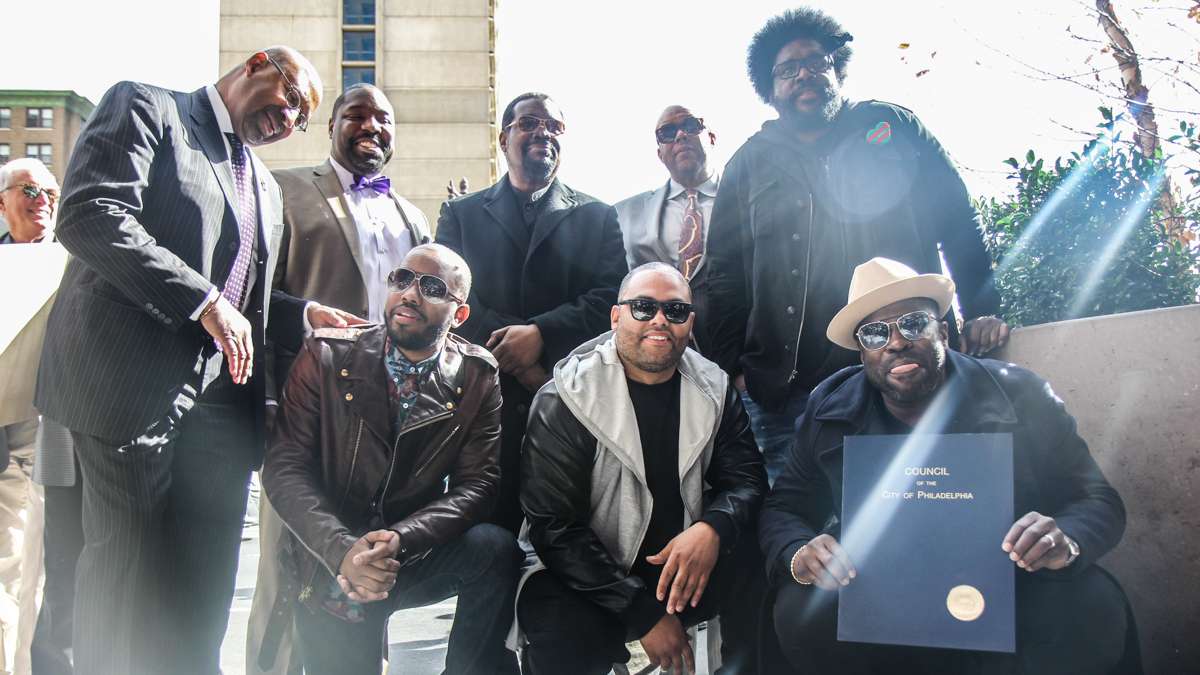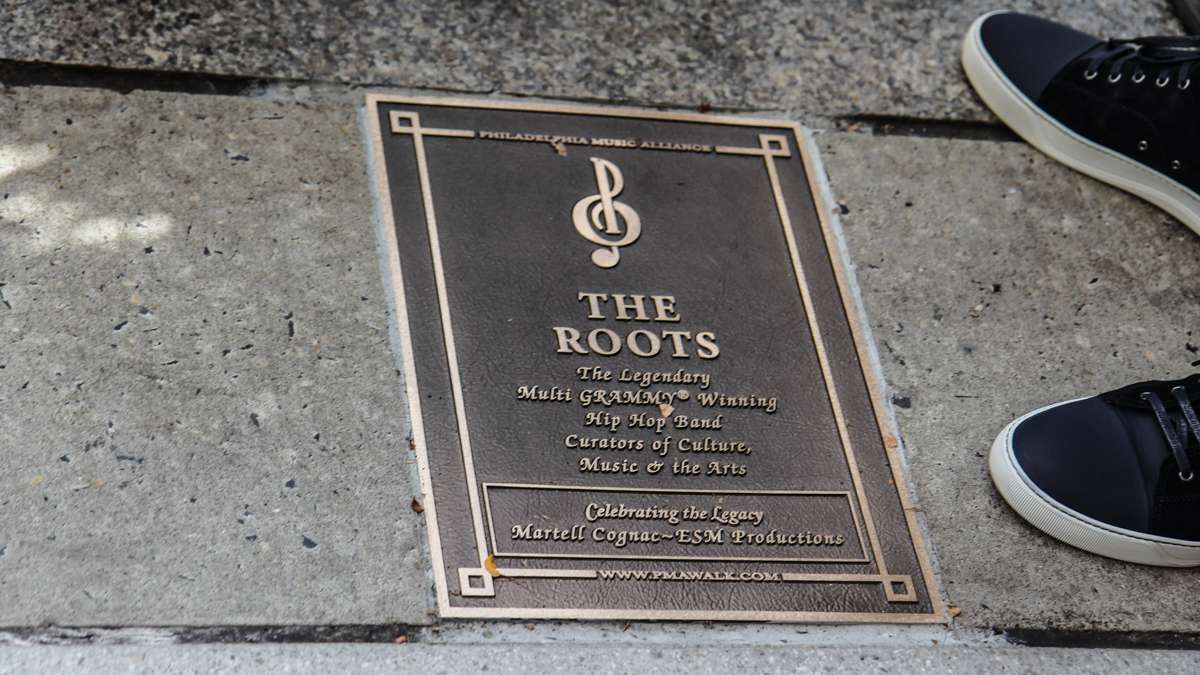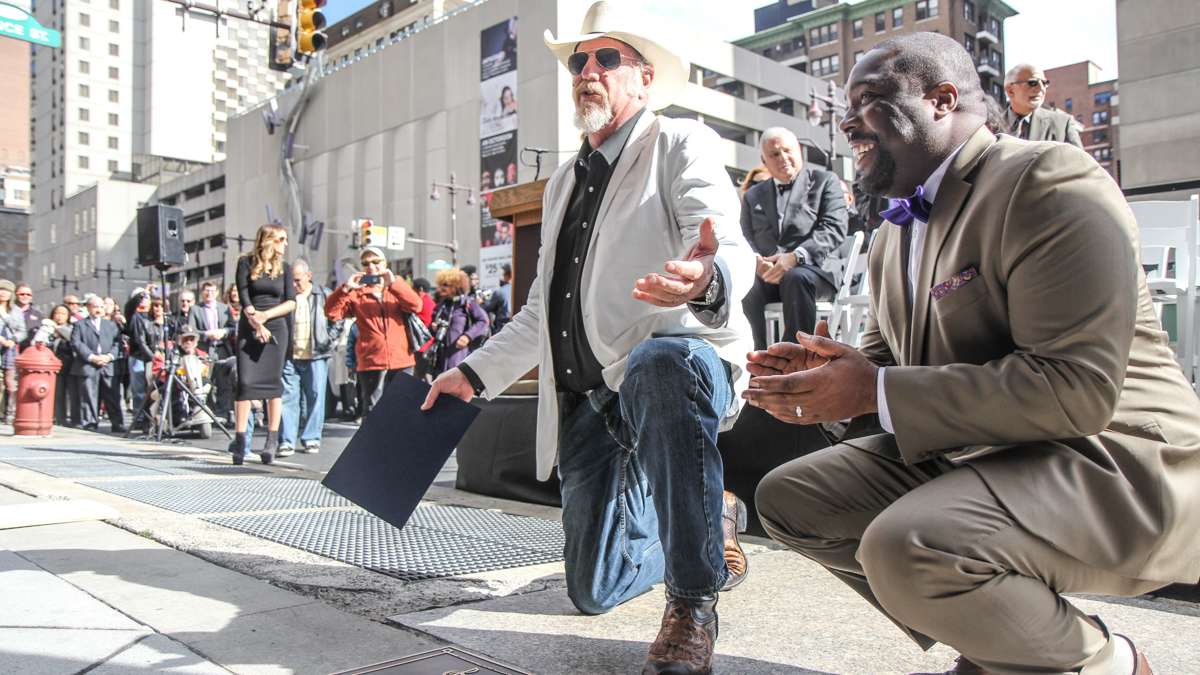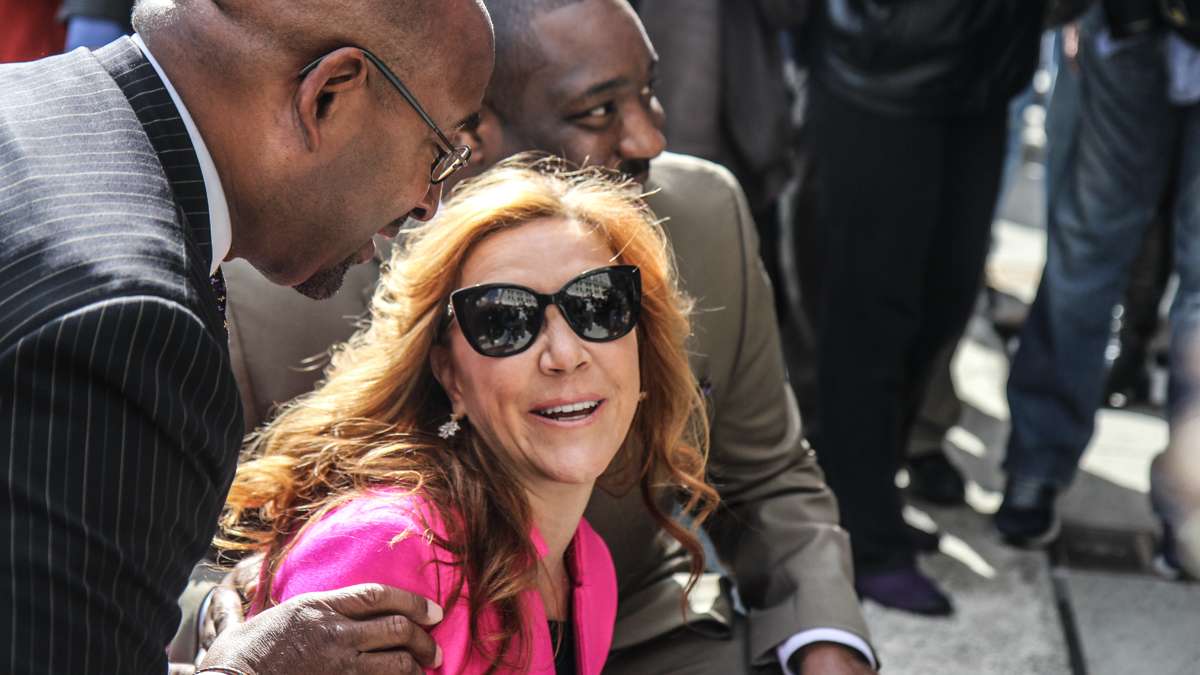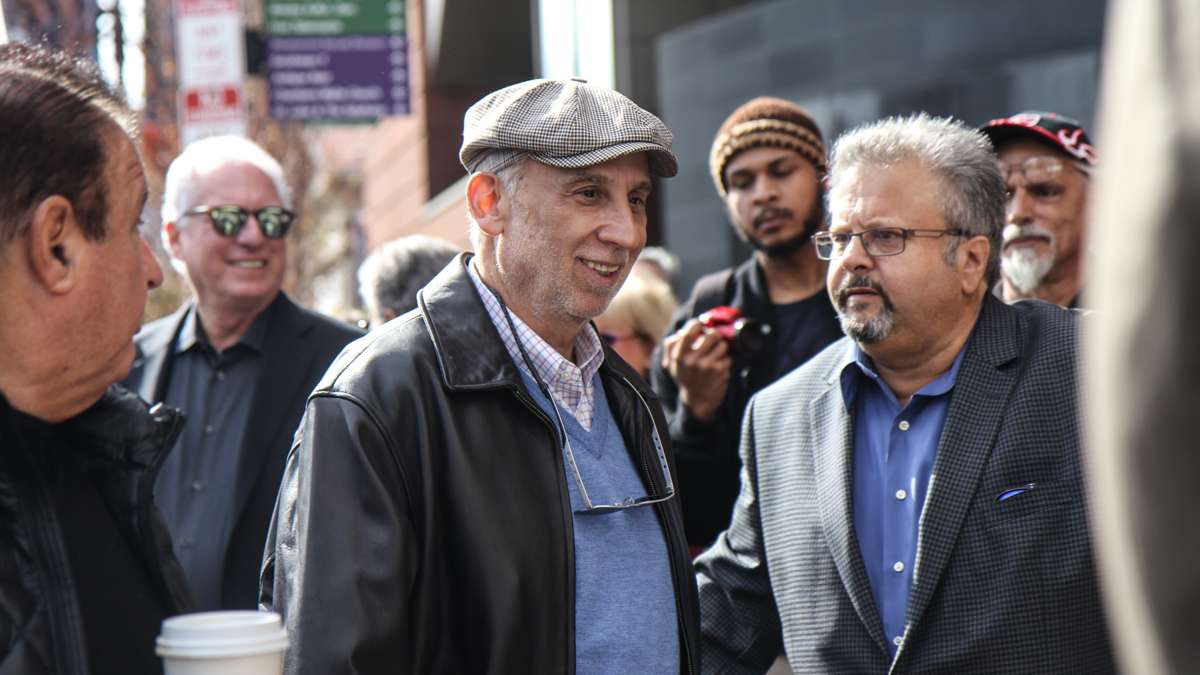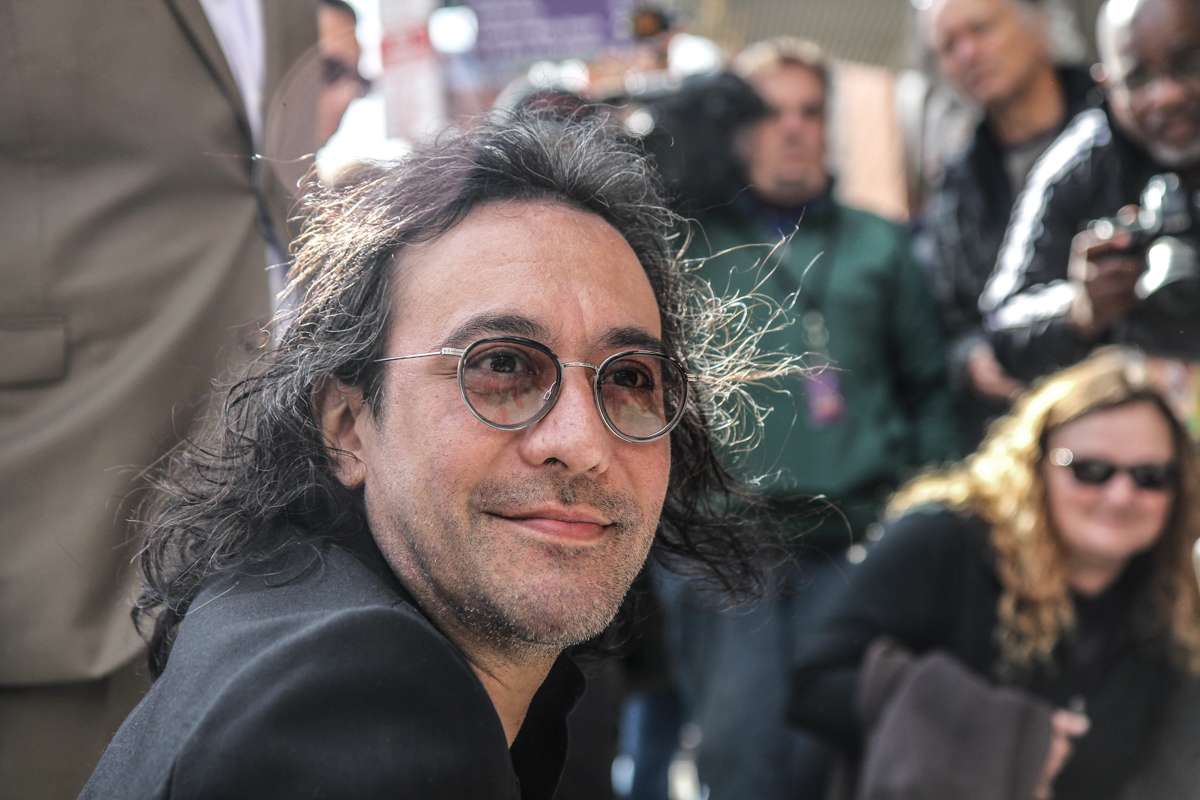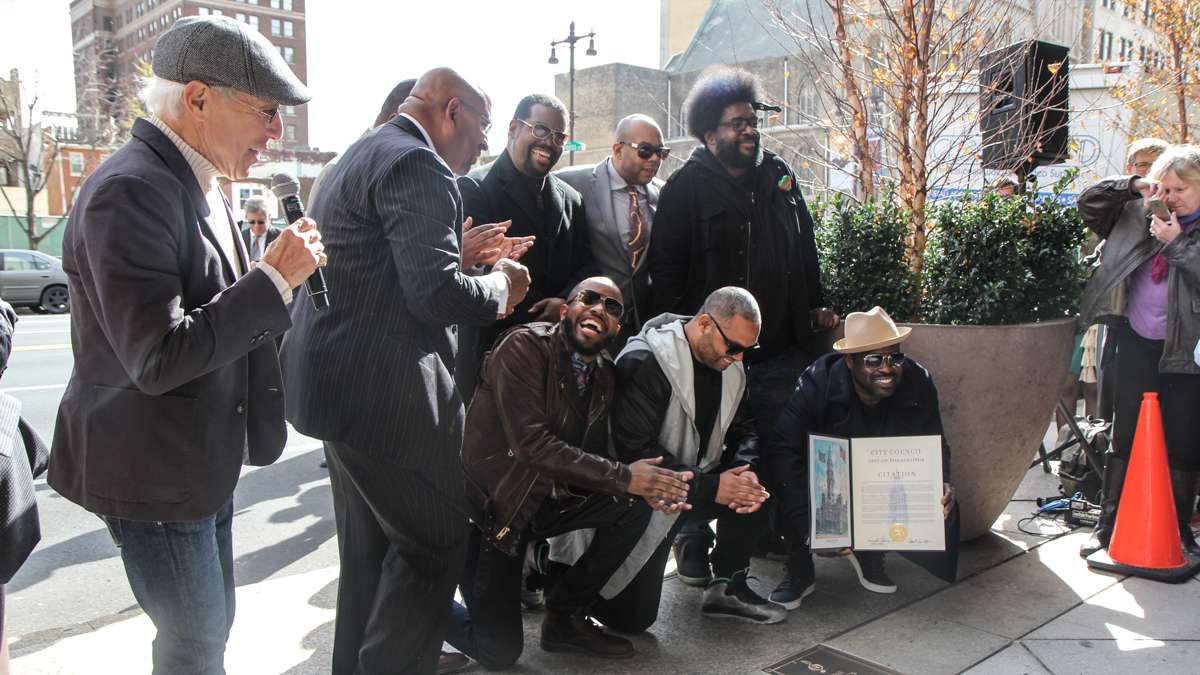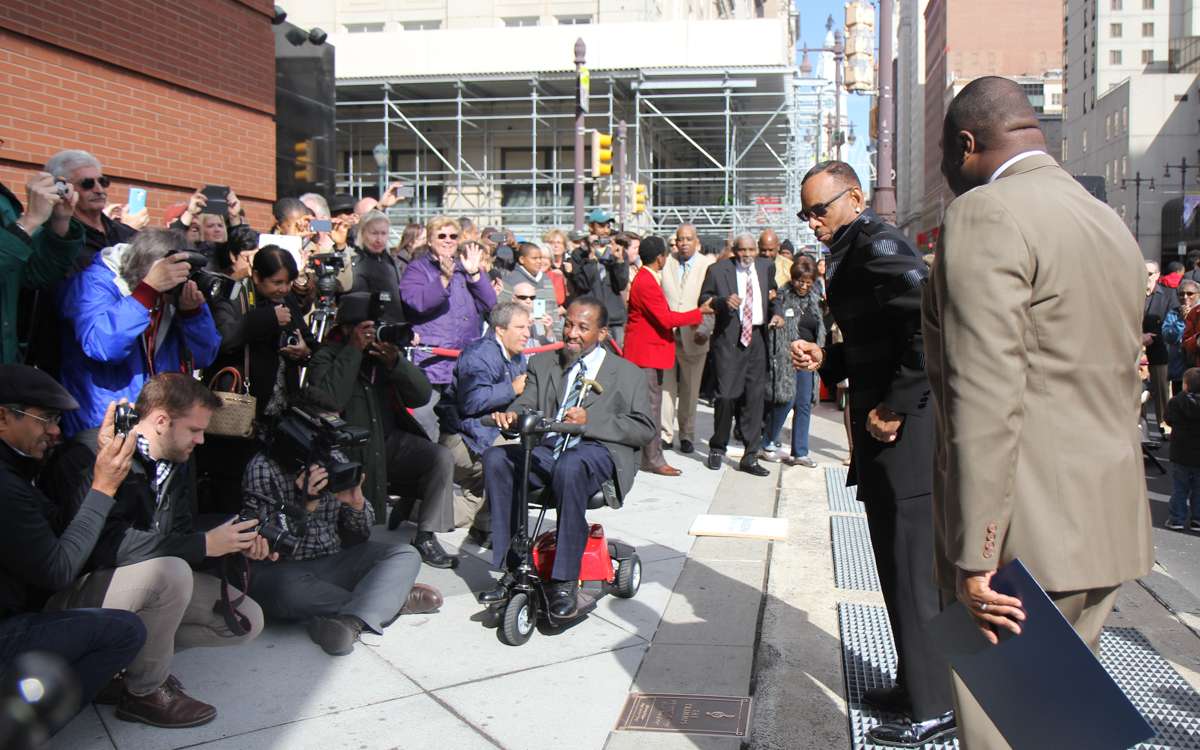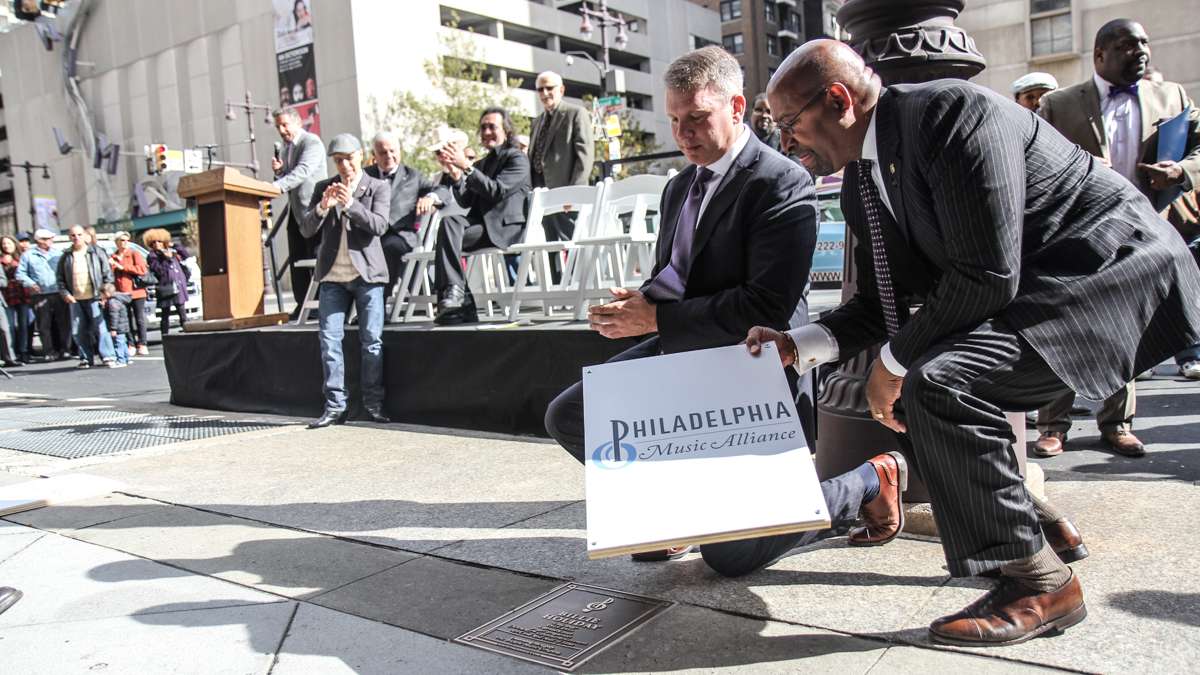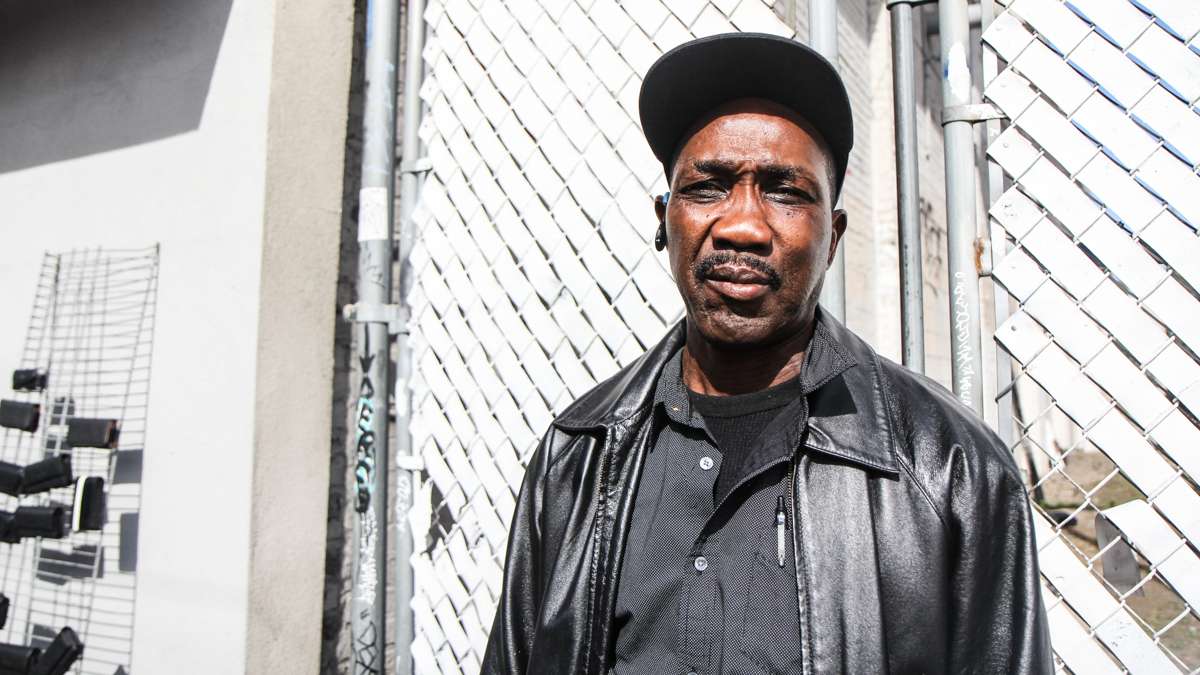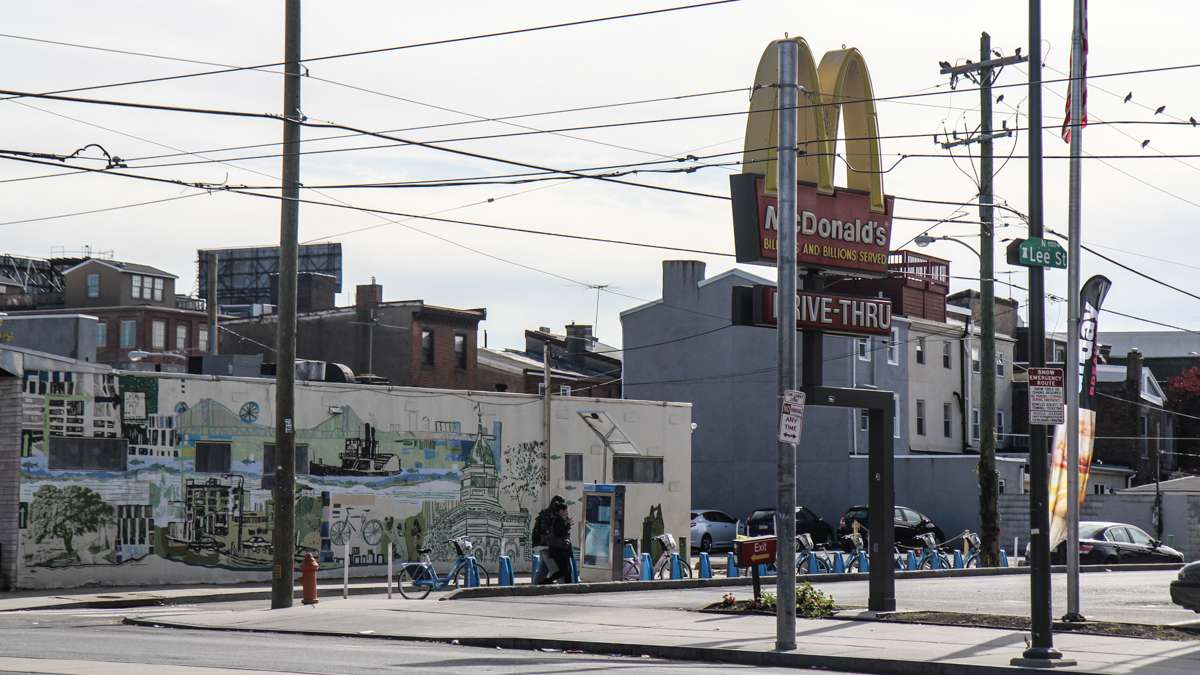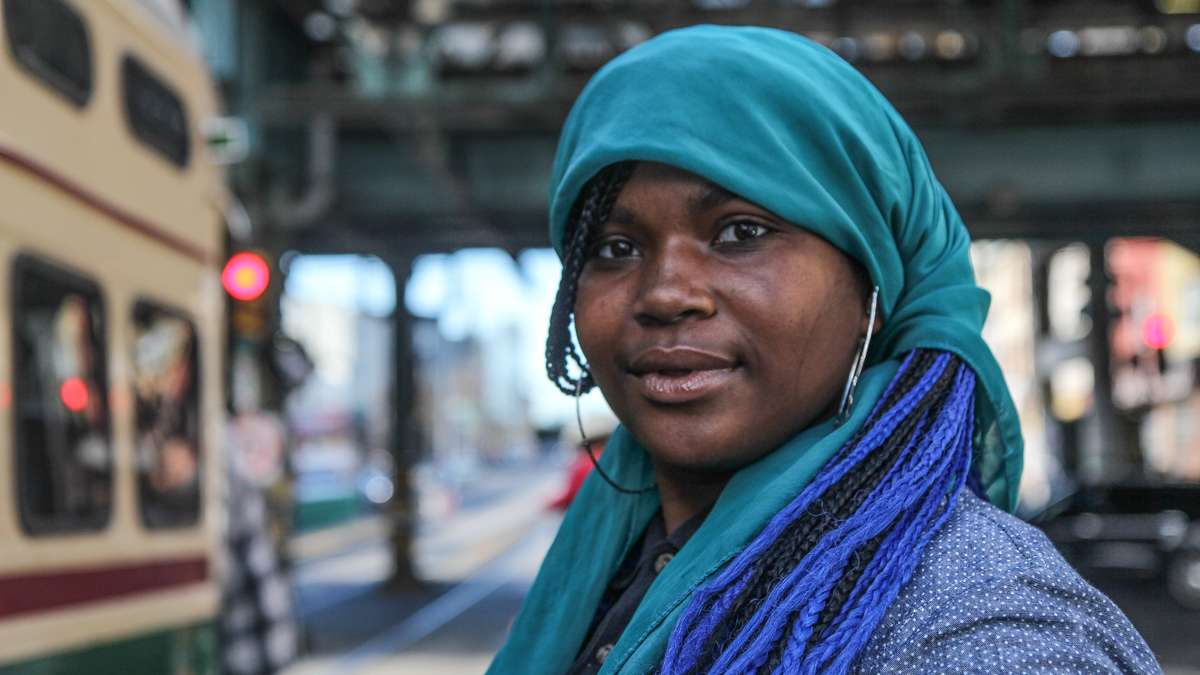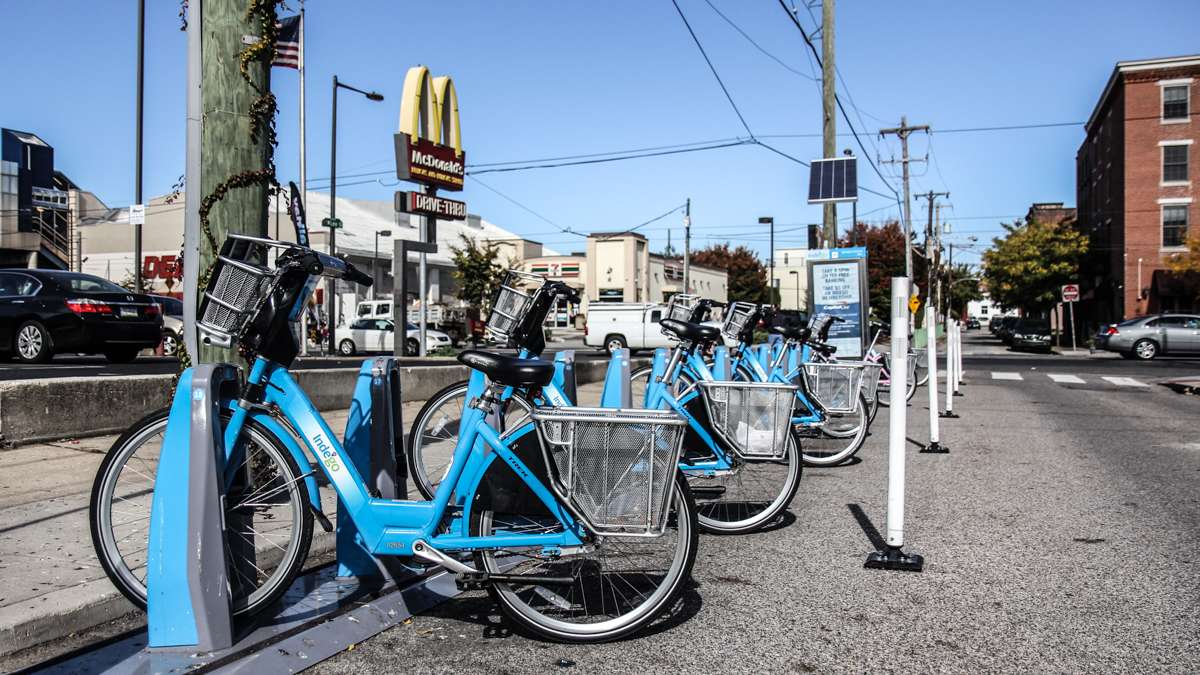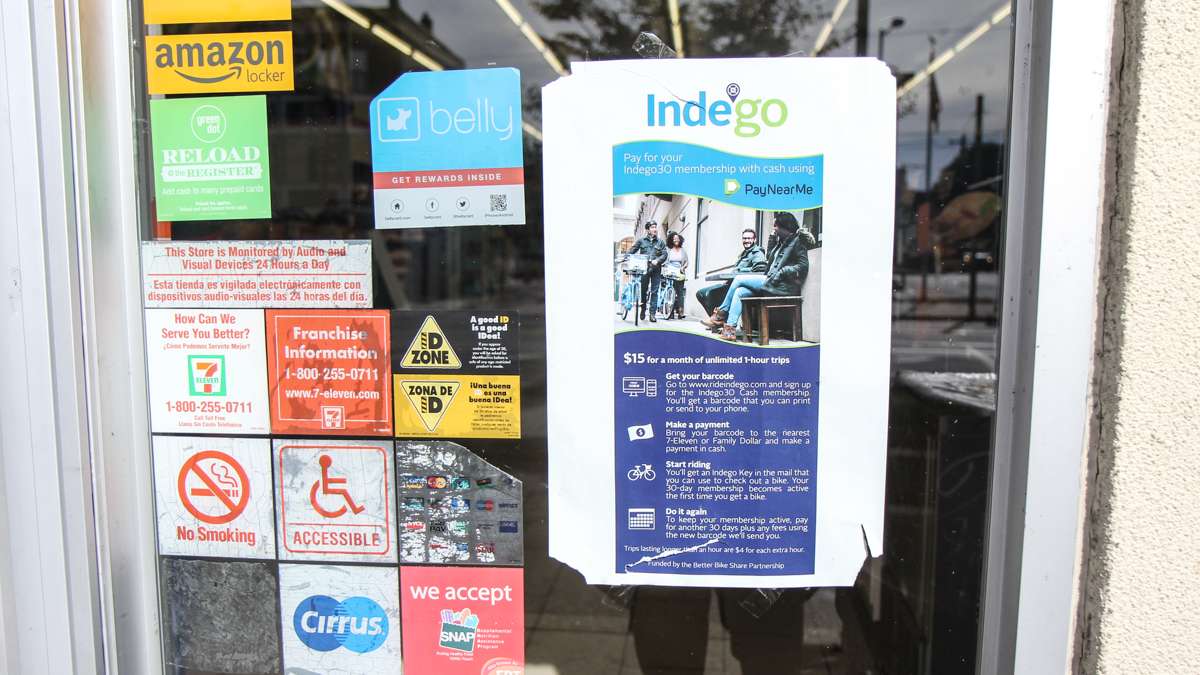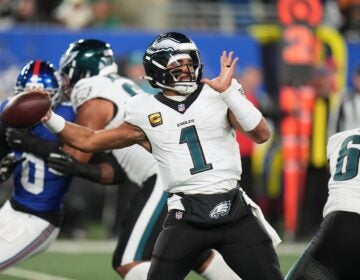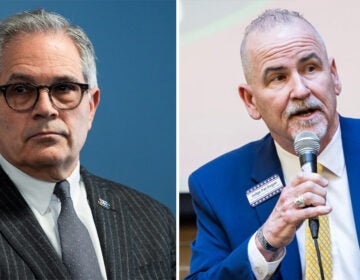Indego aims to increase its wheel print in Philly’s lower-income neighborhoods
Philadelphia is the poorest big city in America, and Indego was envisioned with this in mind: No credit card holds to use a bike. Memberships are monthly, not annual. And it’s the first bike-share program with a cash option.
Yet Indego officials say they’re still having a hard time marketing the bright blue bikes in large swathes of low-income areas of the city.
Denise Goren, director of the Mayor’s Office of Transportation and Utilities, said a series of efforts will begin soon to address the deficit.
“One, people might not feel comfortable riding the bikes, so we’re going to be doing some more bike-riding classes throughout many of our neighborhoods,” Goren said. “The second, is to explain that as part of your transportation commute, you can bike to the bus, or to the subway.”
Some of that explanation will be delivered in an advertising campaign that will be featured in SEPTA bus stations throughout the city, she said.
“Everyone can benefit from a bike ride, whether it’s to work or just for fun,” Goren said.
But not everyone wants to pay for a bike ride. That includes Iyaniah Sutherland, who walks past an Indego kiosk every day on her way to the trolley.
“No, I ain’t paying to ride no bike,” Sutherland said, saying she feels like some users are “people that think they too good to get on the bus.”
Nonetheless, the more than 7,000 monthly Indego members paying $15 month have shattered the expectations of planners of Indego, which has operated in Philly for six months.
Goren said those members cover about 80 percent of Indego’s costs, and there is hope the of getting membership fees to cover the program’s entire cost.
She said Indego officials are mulling whether to lower the cost of use — $4 for a half-hour ride, or $15 a month for unlimited rides — but in surveys, they found that those prices were not a barrier.
A handful of people walking by an Indego station in Kensington said they weren’t interested, citing a lack of credit card or bank account, but this is why there’s a cash-less option, though it is a little complicated. It requires someone to be an Indego member, obtain a barcode and then go to a participating 7-Eleven or Family Dollar store to add cash credit to the account
Better explaining this process will also be a focus of the upcoming advertising campaign, Goren said.
No matter how convenient, though, some are going to need a big nudge.
Charles Austin, for one, would rather pay $2.25 for the bus to get around the city, even if, over the long run, it’s more expensive than a monthly Indego membership.
As he put it: “It’s just something I wouldn’t be interested in.”
WHYY is your source for fact-based, in-depth journalism and information. As a nonprofit organization, we rely on financial support from readers like you. Please give today.


